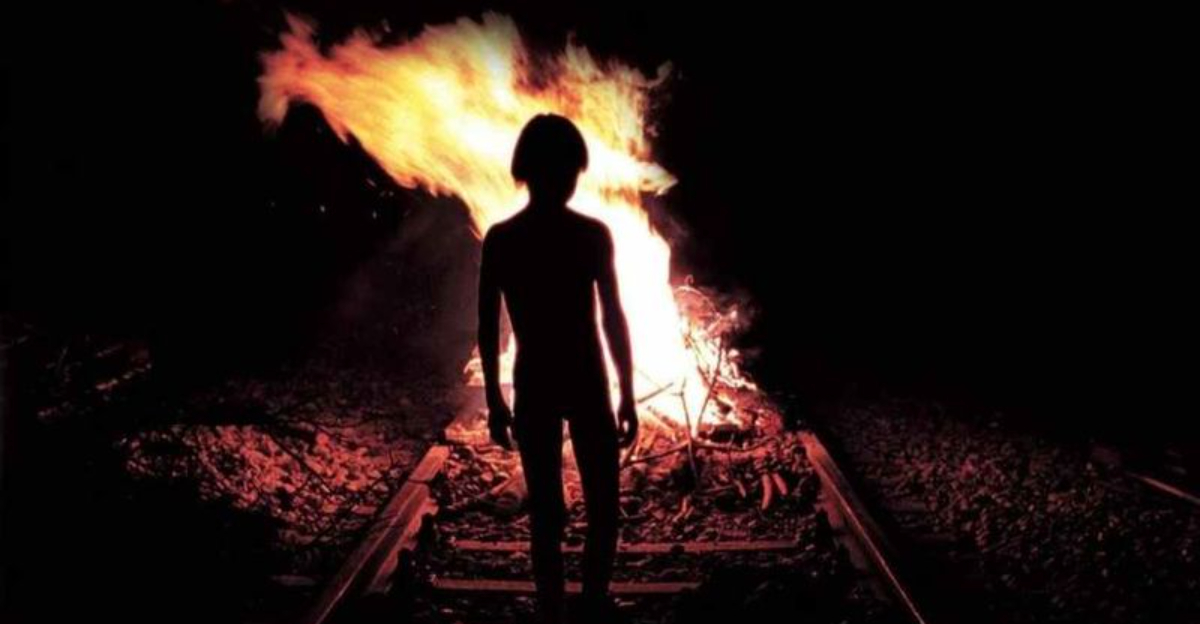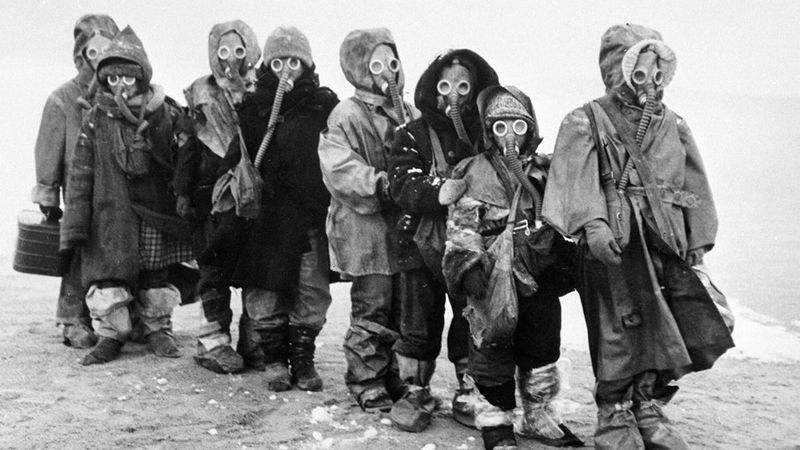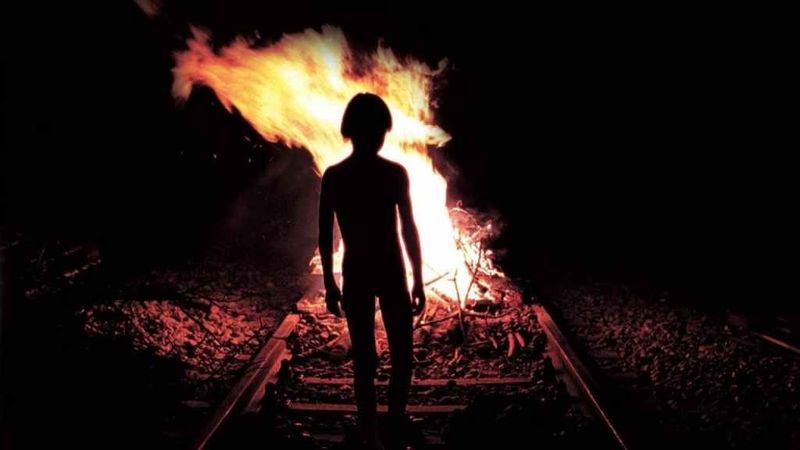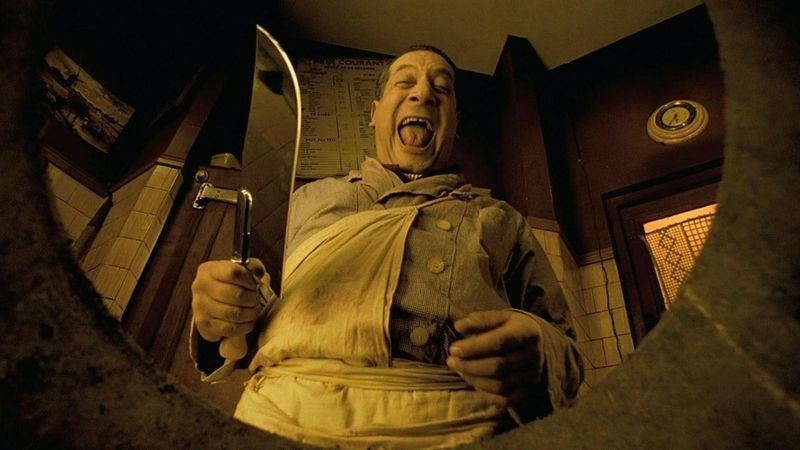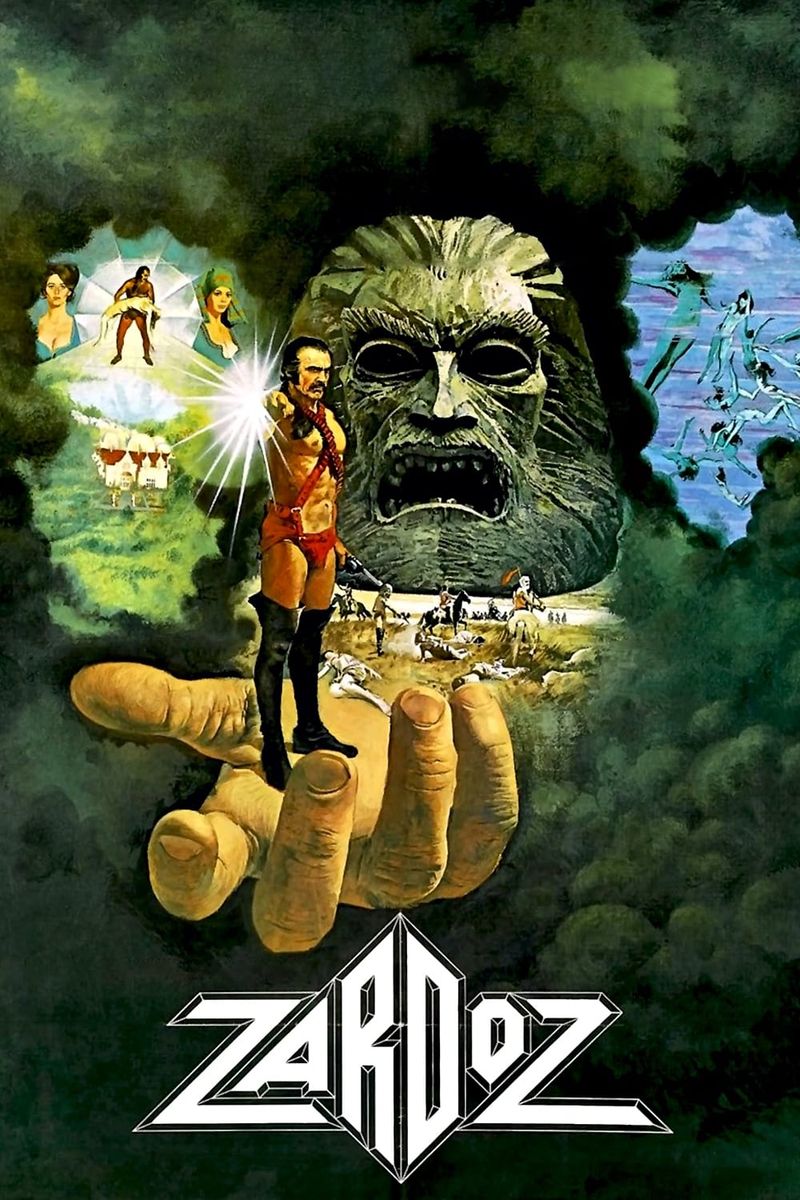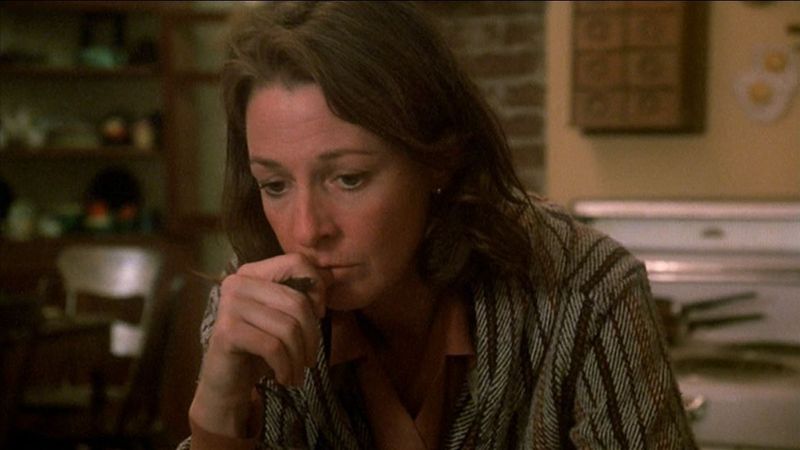Explore a collection of post-apocalyptic titles that have flown under the radar but offer thrilling narratives and unique perspectives. From desolate landscapes to gripping tales of survival, these hidden gems promise to captivate fans of the genre.
The Quiet Earth
Imagine waking up to find you’re the last person on Earth. Zac Hobson experiences this eerie reality in “The Quiet Earth.” This 1985 New Zealand film delves into isolation and sanity’s fragility.
Zac, a scientist, roams desolate landscapes, searching for answers. He grapples with loneliness and existential questions.
The stunning cinematography captures New Zealand’s untouched beauty, juxtaposed against a dystopian backdrop.
Dead Man’s Letters
In a world ravaged by nuclear war, “Dead Man’s Letters” offers a poignant look at humanity’s resilience. This Soviet film from 1986 tells the story of a scientist penning letters to his missing son.
Amidst despair, he finds hope through words. His letters weave a narrative of loss, love, and longing.
The film’s atmosphere, rich with shadowy visuals, underscores the bleakness of a world lost to destruction.
A Boy and His Dog
Venture into a bizarre future with “A Boy and His Dog,” a 1975 film blending dark humor with post-apocalyptic themes. The protagonist, Vic, and his telepathic dog, Blood, traverse a barren wasteland.
Their bond goes beyond companionship, showcasing survival’s complexities. The film’s quirky tone and sharp wit make it stand out.
Its exploration of societal collapse and human nature remains relevant and thought-provoking.
Threads
“Threads” is a haunting portrayal of nuclear warfare’s impact on everyday life. This British TV drama from 1984 depicts a nuclear strike on Sheffield, England.
Through the eyes of ordinary citizens, it explores societal breakdown and survival’s harsh realities.
The film’s raw depiction of human suffering and resilience leaves a lasting impression, serving as a grim reminder of war’s consequences.
The Road
“The Road,” based on Cormac McCarthy’s novel, follows a father and son’s harrowing journey through a barren world. Released in 2009, this film captures the bleakness and desperation of a post-apocalyptic existence.
Amidst the desolation, their bond becomes a beacon of hope.
The stark cinematography and powerful performances bring the novel’s raw emotion to life, creating a deeply moving experience.
The Last Wave
“The Last Wave” merges Australian mysticism with apocalyptic themes. Released in 1977, it delves into ancient prophecies and environmental catastrophe.
A lawyer’s life unravels as he investigates mysterious Aboriginal practices linked to an impending disaster.
The film’s ethereal imagery and haunting score create an unsettling atmosphere that lingers long after viewing.
Time of the Wolf
In “Time of the Wolf,” society’s collapse is both sudden and absolute. This 2003 French film explores the instinct for survival and humanity’s darker sides.
A family seeks refuge in a world where trust is scarce and danger lies around every corner.
The film’s deliberate pacing and stark visuals strip away hope, laying bare the raw struggle for existence.
Le Dernier Combat
“Le Dernier Combat,” Luc Besson’s directorial debut, is a dialogue-free exploration of survival. Released in 1983, this French film presents a world devastated by unnamed calamities.
The protagonist navigates a silent, monochrome wasteland, battling for every breath.
With minimal sound, the film relies on striking visuals and physical storytelling, crafting a unique, immersive experience.
Delicatessen
“Delicatessen” combines dark comedy with a dystopian setting, offering a unique take on post-apocalyptic survival. Released in 1991, this French film is set in a world where food is scarce.
Tenants in an apartment building resort to cannibalism, orchestrated by the landlord.
The film’s whimsical style and offbeat humor create a surreal narrative that both entertains and disturbs.
Zardoz
Enter the strange world of “Zardoz,” a 1974 film blending science fiction with post-apocalyptic themes. The story features a society divided into immortals and brutals.
Sean Connery stars as a barbarian who challenges the status quo.
The film’s bold visuals and philosophical undertones invite viewers to question power, control, and human nature’s complexities.
The Divide
“The Divide” explores human behavior under extreme conditions. This 2011 film begins with New York’s destruction, driving survivors into a bunker.
Tensions rise as confinement breeds paranoia and desperation.
The film’s claustrophobic setting and intense performances delve into civilization’s fragile veneer, making viewers question morality and survival instincts.
Testament
“Testament” offers a haunting portrayal of life after a nuclear event. This 1983 American film focuses on a small town facing fallout and loss.
As the community grapples with radiation’s effects, personal stories unfold.
The film’s intimate approach and emotional depth highlight the human cost of nuclear tragedy, leaving a profound impact.
